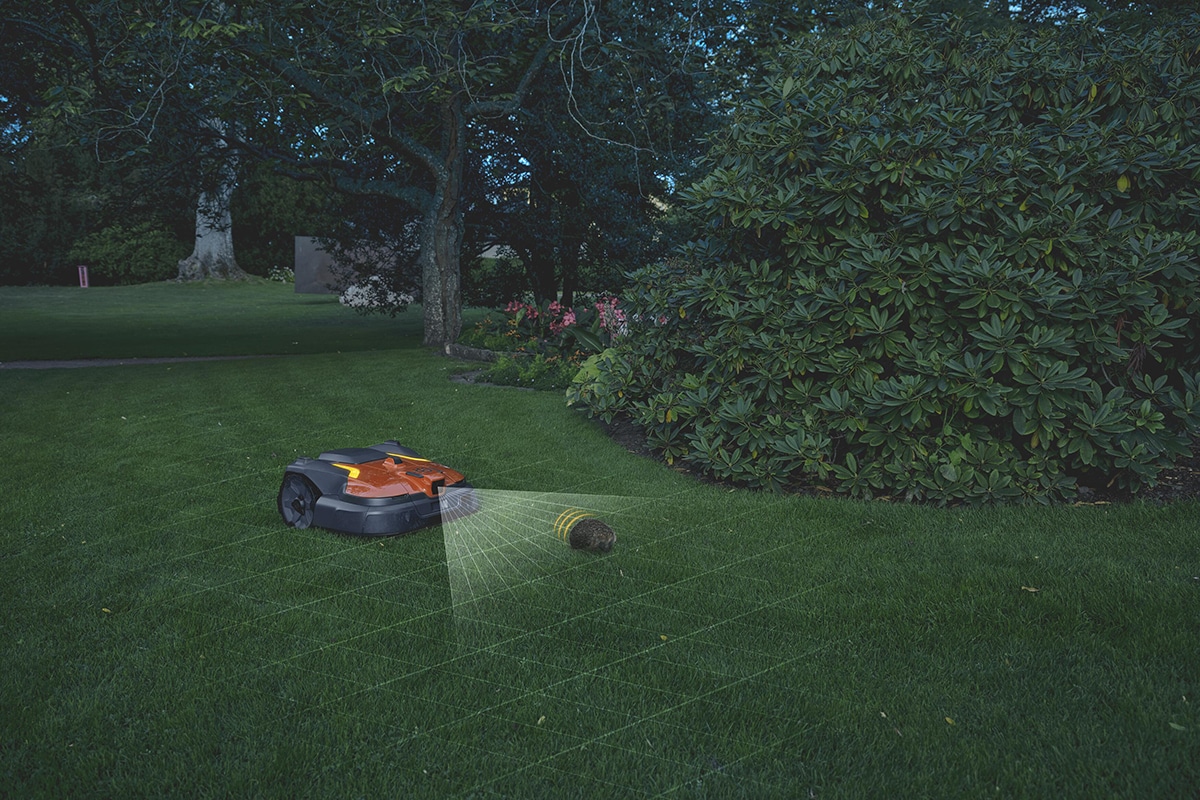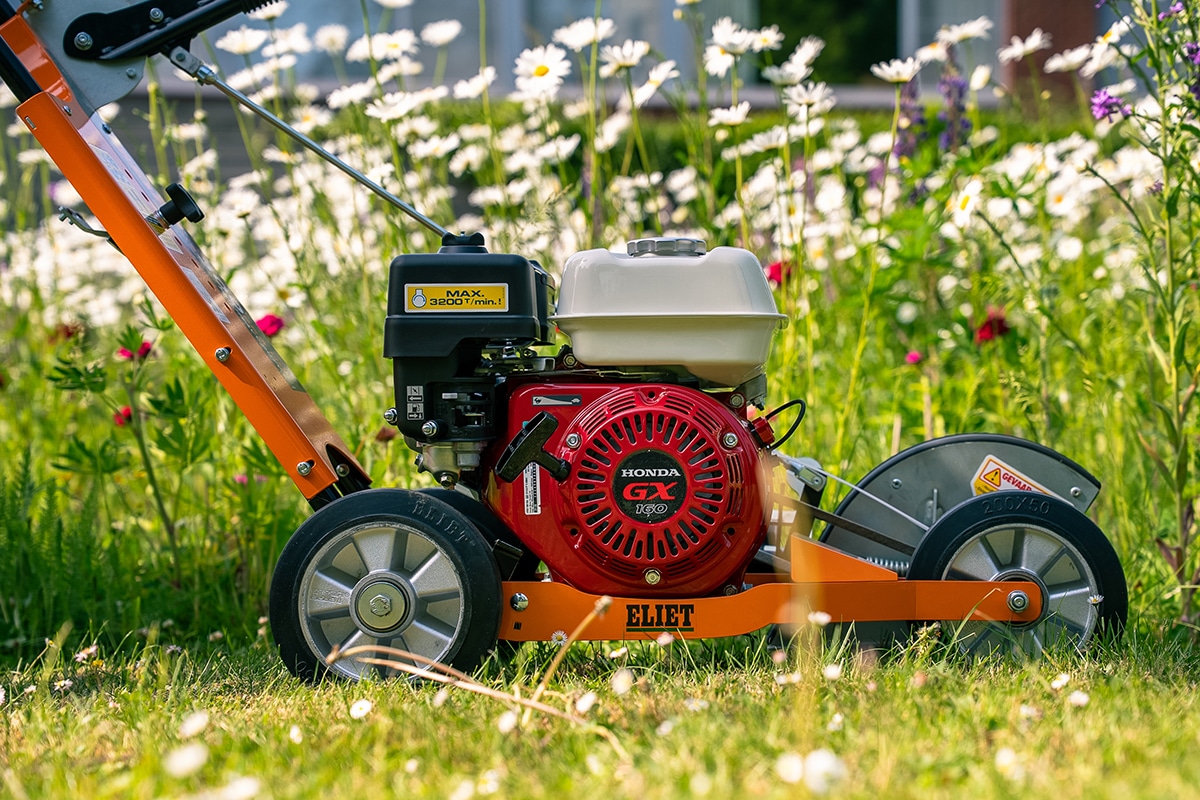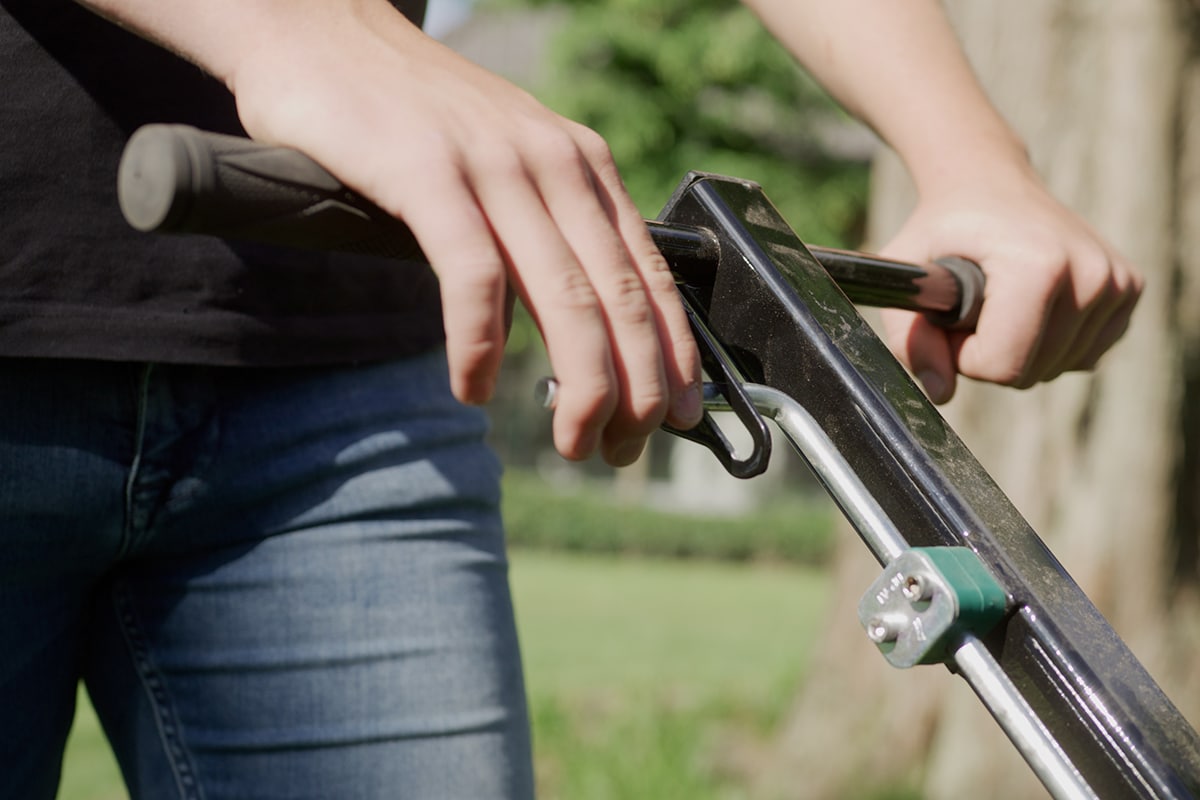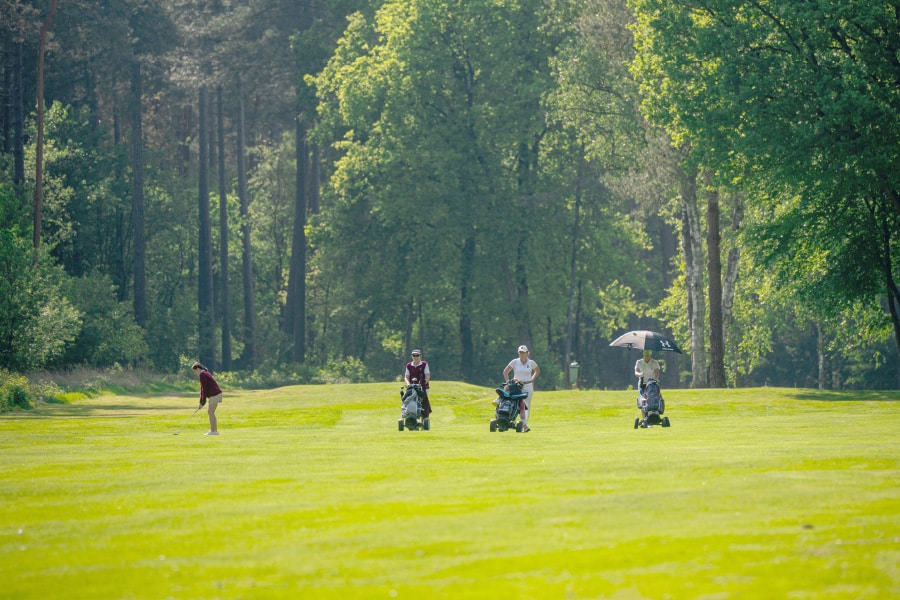
Staying motivated and well informed is essential
Increase the quality of the game in line with players' demands
The Royal Golf Club du Hainaut is located in the region of Mons, more precisely in Erbisoeul, borough of Jurbise. Thanks to its sandy soil, the golf course is playable almost all year round. Of course, this means that the golf course must be constantly maintained to ensure the best possible quality of play. Xavier Denicourt, the club's enthusiastic greenkeeper, gives us a brief interview to outline his approach. On this sunny day in June, the club is hosting a sports competition, so the whole team is out in force. Here is a brief summary of our conversation.
The Royal Club du Hainaut was founded in 1933 on the initiative of five families who joined forces to build a golf course on the outskirts of Mons. The first 18 holes, the La Bruyère course, were designed by renowned golf architect Tom Simpson. In 1991, this course was expanded to include a sportier addition of nine holes called Les Etangs. In total, the course covers about 120 acres and has about 920 members. Xavier Denicourt:
"Unlike other golf clubs, we are on sandy soil instead of clay, which means we can offer a six-month winter membership. We have noticed that people no longer play only when the weather is nice. Being able to play in the winter attracts new players and keeps them coming back during the summer season as well."
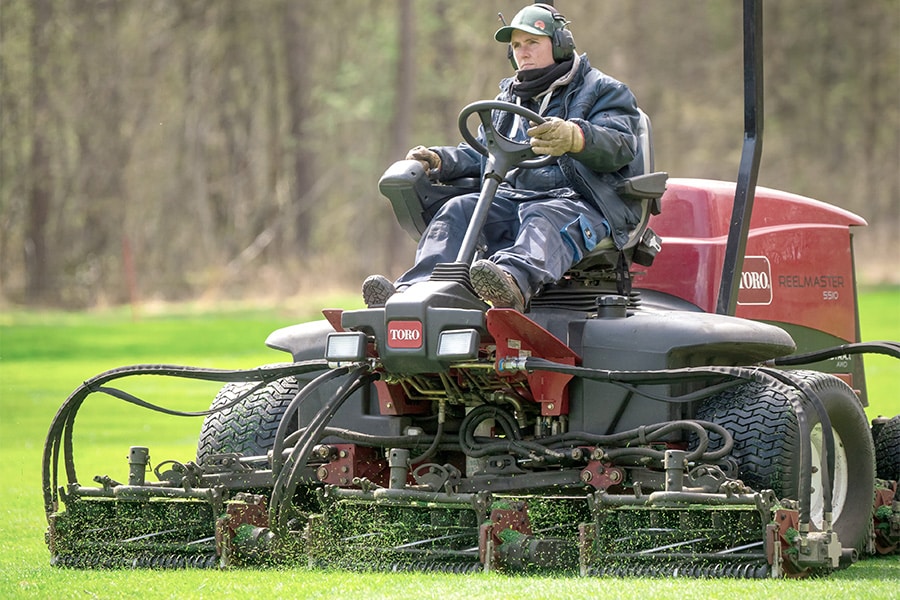
More than thirty years in the business
After training as a greenkeeper in Dunkirk, which he completed in 1991, Xavier Denicourt had the opportunity to serve an apprenticeship at one of France's most famous clubs. At the Royal Golf Club du Hainaut, he started as a seasonal employee in 1994 and became successively skilled laborer, assistant and finally greenkeeper, in 2008. All in all, some 29 years of solid experience in the profession.
While the demands of players have changed over time, Xavier Denicourt has also experienced a major evolution in maintenance equipment. In addition, he has had to deal with the introduction of the ban on crop protection products. "Although our current fleet consists of Toro machines, supplemented by a few John Deere machines, it seems clear to me that the future lies in automatic mowing. This equipment has come a long way since its introduction and it is certain that we will switch to it in the future. By the way, we plan to install solar panels for these new mowers," he confides.
Drones
It's an open secret: the ban on plant protection products has seriously complicated the situation. Xavier Denicourt admits, "We have had to adapt, to work with overseeding, to choose grass varieties that are more resistant to diseases, consume less water and require less fertilization. At the same time, it's also about encouraging biodiversity and thus creating areas with high roughs, reducing the carbon footprint and lowering labor costs." He adds, "There are countless products on the market.
But not all greenkeepers have the right knowledge, and often they rely on one supplier who, in a sense, creates the fertilization plan. But with zero phyto, greenkeepers need to analyze their land more thoroughly, know with more certainty what works and what doesn't, choose the right products within their budget and adapt to new techniques. For example, the use of drones to calculate soil moisture and then adjust spraying by nozzle, rather than by group of nozzles, for optimal dosing."
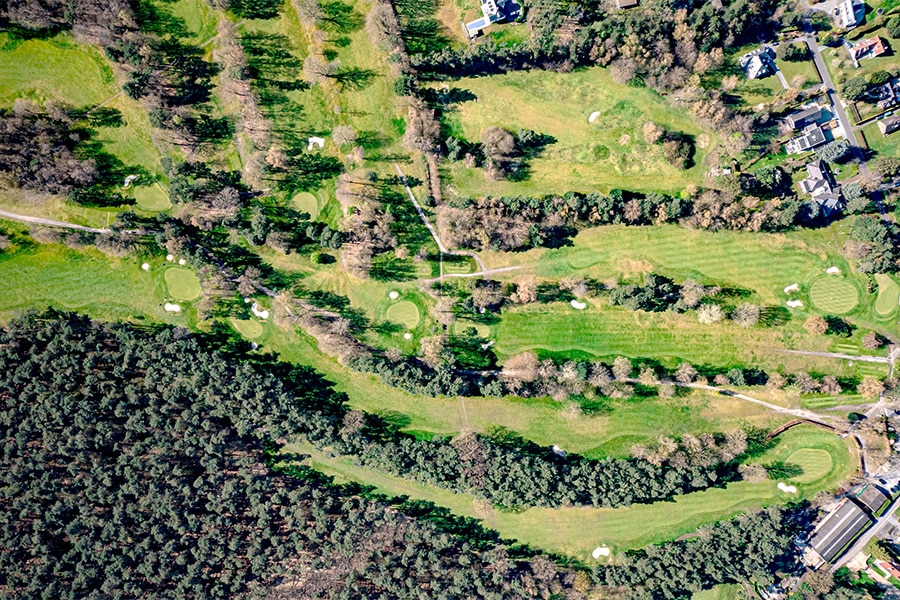
Constant vigilance
With today's competition well underway, on a very pleasant golf course, it seems that the recent heat wave has not had too great an impact on the condition of the fairways and greens. Xavier Denicourt: "However, the season started later this year because the temperatures were too low.
We had to adjust the mowing height. Because of the current heat, we increased the mowing height for better water management. And the whole team - eight people - remains vigilant and proactive." Much to the delight of golfers!
